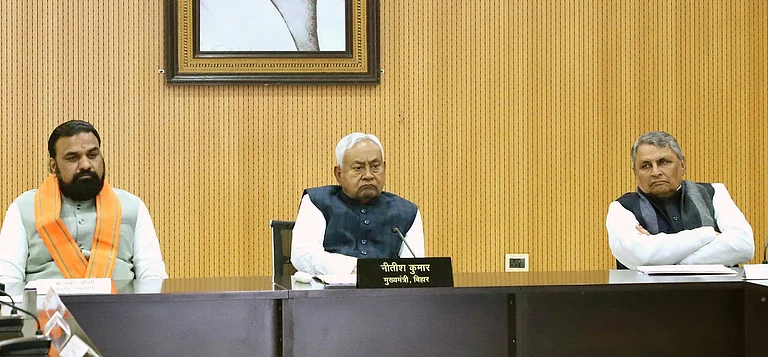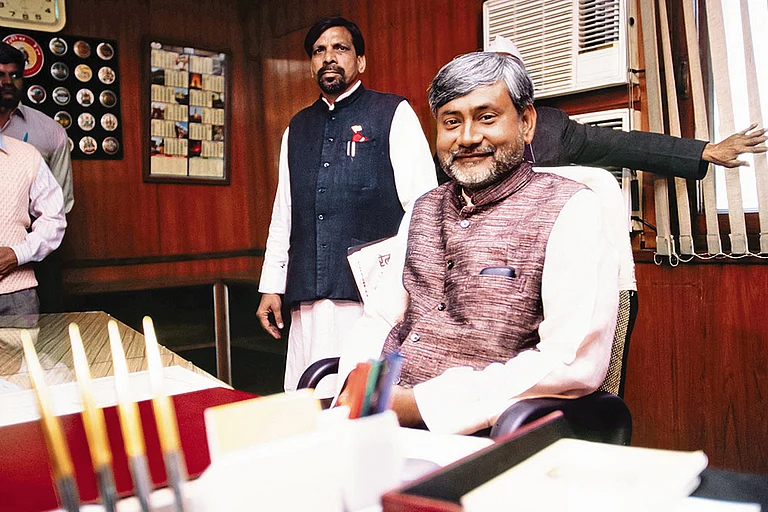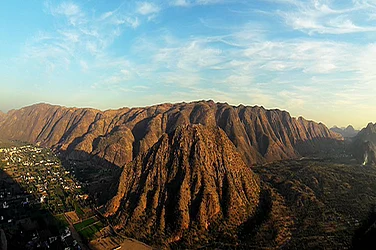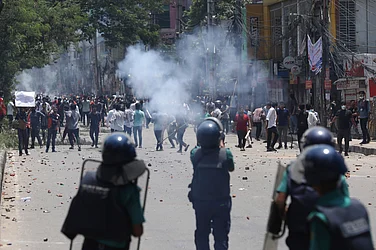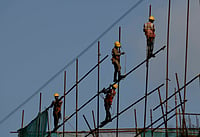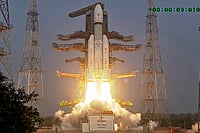
Both Lalu Yadav and Nitish Kumar relied on EBC support, with Nitish expanding reservations and welfare schemes.
Despite their size and influence, EBCs lack unified leadership, making them a decisive yet contested vote bank in Bihar politics.
Recent efforts by the Mahagathbandhan include the “Ati Pichhda Nyay Sankalp Patra” and 20 EBC-focused welfare schemes by the NDA.
The Extremely Backward Classes (EBC) make up around 36 per cent of Bihar’s population and play a crucial role in the state’s politics. Historically aligned with Lalu Yadav and the broader OBC grouping, they have in recent years provided consistent support to the NDA under Chief Minister Nitish Kumar. In the 2025 elections, the INDIA bloc is actively seeking to win over this influential vote bank.
Other challengers are also targeting EBC voters. Prashant Kishor’s Jan Suraaj Party, for example, has fielded 75 EBC candidates promising to “end exploitation.”
Bihar's EBC Makeup
According to the 2023 caste census, EBCs form the largest segment of Bihar’s population, accounting for 36.01 per cent, ahead of Yadavs (14.26 per cent), Muslims (17.7 per cent), and upper castes (15.52 per cent). Spread across 112 sub-castes—from Nishads in the flood-hit Kosi region to Kumhars in urban Patna—they influence around 120 assembly seats in regions such as Mithila, Magadh, and Seemanchal.
Despite their numbers, the EBCs remain fragmented. Sub-castes like the Telis (2.81 per cent) and Nishads (2.6 per cent) clash over issues like reservation benefits, highlighted by the 2024 Tanti reinstatement controversy. Ministerial representation is also limited: though they make up 36 per cent of the population, EBCs hold only 12 per cent of ministerial positions.
Groups such as the Mallahs, Telis, and Nonias are often overshadowed by dominant OBCs like the Yadavs and Kurmis, as the EBCs lack a unified leadership.
History Of EBC's Growth
The EBCs’ role in Bihar’s socio-political landscape dates back to the Mungeri Lal Commission, established in 1971 by Karpoori Thakur to identify backward classes and recommend measures for their representation in government and administration. The commission created a separate EBC category within the broader OBC group, recognising the distinct challenges of its fragmented sub-castes. Thakur implemented a 26 per cent reservation, including 10 per cent for EBCs, sparking upper-caste protests but laying the foundation for the EBC vote to shape Bihar’s politics for decades.
Both Lalu Prasad Yadav and Nitish Kumar, products of the JP students’ movement, have relied on EBC support. In the 1990s, Lalu included EBCs in his Muslim-Yadav coalition to challenge upper-caste dominance. While the RJD remained dominant for 15 years, many EBCs later felt sidelined as Yadav influence grew.
This shift benefited Nitish Kumar, who granted 18 per cent reservation for EBCs in jobs and education, later increasing it to 20 per cent in local governance. He also introduced welfare measures like bicycles for schoolgirls and scholarships for Mahadalits, helping the NDA secure 206 of 243 seats in the 2010 elections.
During the short-lived RJD-JDU alliance in 2023, the Bihar Assembly passed Bills raising the collective reservation for SC, ST, OBC, and EBC from 50 per cent to 65 per cent, in line with the findings of the caste survey. The EBC quota was raised to 25 per cent. This would have increased the total reservation to 75 per cent in government jobs and educational institutions.
In June 2024, the Patna High Court struck down the quotas as unconstitutional, arguing that the state government’s population-based rationale was insufficient to breach the 50 per cent limit established by the Supreme Court in the landmark Indra Sawhney (1992) case.
Courting the EBC Vote
With the 2025 Bihar Assembly elections set to be held on November 6 and 11, the Mahagathandhan, comprising the RJD, Congress, the left parties, and Mukesh Sahani’s Vikassheel Insaan Party (VIP), have aggressively attempted to consolidate EBC votes.
On September 24, 2025, in Patna, Rahul Gandhi and Tejashwi Yadav rolled out their “Ati Pichhda Nyay Sankalp Patra”, a 10-point manifesto specifically designed for the EBCs.
The Congress is pushing its EBC Nyay Yatra, led by figures such as Kunal Bihari and Shashibhushan Pandit, focusing on artisans such as Lohars and Kumhars. Yadav’s Patna rally in May, titled “Atipichhda Jagao”, criticised the NDA for its “injustices” and promised jobs and anti-corruption initiatives.
The NDA relies heavily on Nitish to consolidate the EBC votes. Even without a formal manifesto, it has introduced 20 welfare schemes since July 2025, specifically aimed at the EBCs and women.
Despite being 36 per cent of Bihar’s population, their political voice remains divided, but decisive. As every party scrambles for their support ahead of 2025, one truth endures: no one can win Bihar without the EBCs, and no future of Bihar can be shaped without their support.










